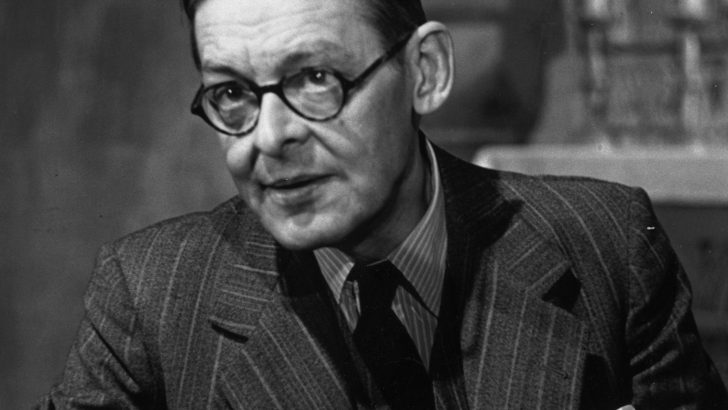Young Eliot: From St Louis to The Waste Land
by Robert Crawford (Jonathan Cape, €31.50 hb)
John Wyse Jackson
The two most important early works of modernist literature were published in the same year, 1922: Ulysses, by James Joyce, and The Waste Land, by T S Eliot. Both writers are still widely read and studied, and many books about their work have appeared. However, while the course of Joyce’s life has been extensively examined and chronicled since the 1950s and before, until very recently Eliot’s has been given much less detailed attention.
There is a reason. Until the death in 2012 of Valerie Eliot, the poet’s widow, the TS Eliot estate respected his wish not to be the subject of a biography.
She refused to cooperate with anyone attempting to write about the life of her late husband, or to authorise quotations from his work. This meant that would-be biographers were forced to paraphrase anything he had written – always an unsatisfactory expedient where poetry and letters are concerned.
Despite these strictures, the ingenious Peter Ackroyd managed a decent account of Eliot’s life in 1984, and there have been one or two other creditable attempts since then. Robert Crawford, however, is the first major biographer of her husband who has been allowed to operate freely, and so the poet’s own voice now accompanies the reader through this book, which is intended to be the first volume of two.
Background
It has been worth the wait. Never has the physical and familial background of Eliot’s childhood in St Louis, Missouri, been so well explored. Here we meet his Irish nursemaid, Annie Dunne, who discussed ‘God as the First Cause’ with him when he was six. She used to bring him with her to the Church of the Immaculate Conception, one of several Catholic churches in St Louis. There, he would remember, “the pews had little gates that I could swing on”.
And it was not just from Annie that Tom (as he is called throughout the book) was learning about God. “From boyhood onwards he had a fascination with asceticism and religious experience which became increasingly important,” Crawford asserts.
Such interests were evidently inherited. His grandfather, William Greenleaf Eliot, had been an active minister of the Unitarian Church, and was remembered as founder of several of the city’s religious and educational institutions.
Equally devout, despite a youthful dalliance with music and verse, was the poet’s father, Hal.
Businessman
He might also have gone into the Church, but became instead a successful businessman, remarking that “too much pudding choked the dog”.
Tom’s mother, Lottie, wrote poems too, almost exclusively religious verse, and hung pictures of the more grisly Catholic martyrs (St Sebastian perhaps?) on the walls of her bedroom – a rare fascination for a high-minded Unitarian.
Crawford convincingly discerns traces of these and other early experiences in the later poetry – he finds the ragtime swing of St Louis (Scott Joplin and others) reappearing in The Waste Land, for example, while Tom’s early reading – from the tales of Rudyard Kipling to the pioneering tales of the wild west of the now almost forgotten Ulster writer, Captain Mayne Reid – can be seen feeding into the works as well.
The T.S. Eliot described in this biography is no “patient etherised upon a table”: Crawford’s clear and lively narrative offers a warm and vital account of the writer’s extraordinary metamorphosis from cosseted youngest child in mid-America to revolutionary poet and unhappy lover in London. No devotee of his work will want to miss this book – and, whenever it comes, its sequel.


 T.S. Eliot
T.S. Eliot 